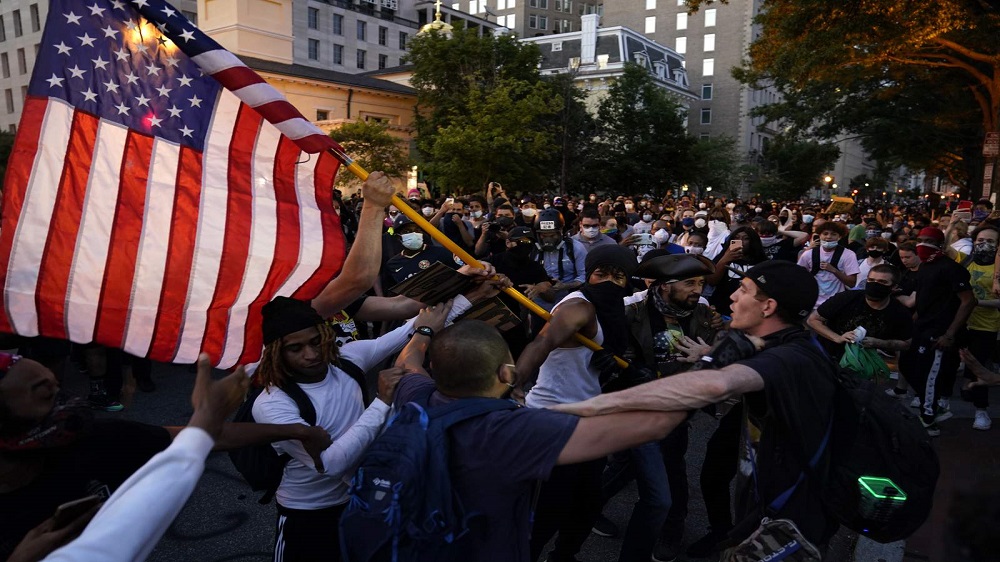
As of mid-June, Covid-19 has infected more than 8 million people around the world, and killed 437,000, striking the United States particularly hard. (1) As the pandemic continues its wrath across continents and through seasons, its effects are taxing economies, politics, and social systems in prolific ways. Not only has coronavirus already claimed more than 116,000 lives, but it has fueled the most insidious disease in US politics: inequality.
When the virus first struck, there was a momentary sense that it might be a dark blessing for U.S. politics. Plagued by worsening polarization and discord for decades, a great national crisis had the potential to bridge critical divides in the US. For example, in the aftermath of the September 11, 2001 terrorist attacks in the US there was a great moment of national unity, collective mourning, and widespread goodwill toward political leaders. President George W. Bush’s approval ratings reached 90 percent. (2) But Covid-19 has been far more destructive to the US than that fateful day in 2001. Not only has it claimed nearly 40 times the number of lives, but it has amplified existing disparities across class, race, gender, and other fundamental traits.
In many ways, inequality is the defining characteristic of American politics that has endured since its inception. Inequalities with respect to economic opportunity, voting rights, healthcare, and education are the unfortunate side-effects of a society that values liberty. Like many democracies, the US has struggled to balance its values for freedom and equality—competing forces that are both revered in American culture. While inequalities have always been present in the US, deepening inequalities are associated with political dysfunction, gridlock, polarization, and in the worst cases, state failure. When the struggle to protect liberties overwhelms the fight to ensure equalities, inequalities are exacerbated. The inequalities in the US that have been worsening over the past five decades have polarized its two-party political system and contributed to extraordinary political outcomes, such as the election of Donald Trump as president in 2016—an extreme candidate with authoritarian tendencies and no prior experience in elected office. (3)
The US now finds itself in the middle of a pandemic that exacerbates and shines a light on the key societal condition that has most contributed to political dysfunction—inequality. To see how, let’s take a look at evidence of inequality across several key sectors: income, voting rights, healthcare, and education. There are many categories across which we can examine inequalities, but in the US the core categories are race and class.
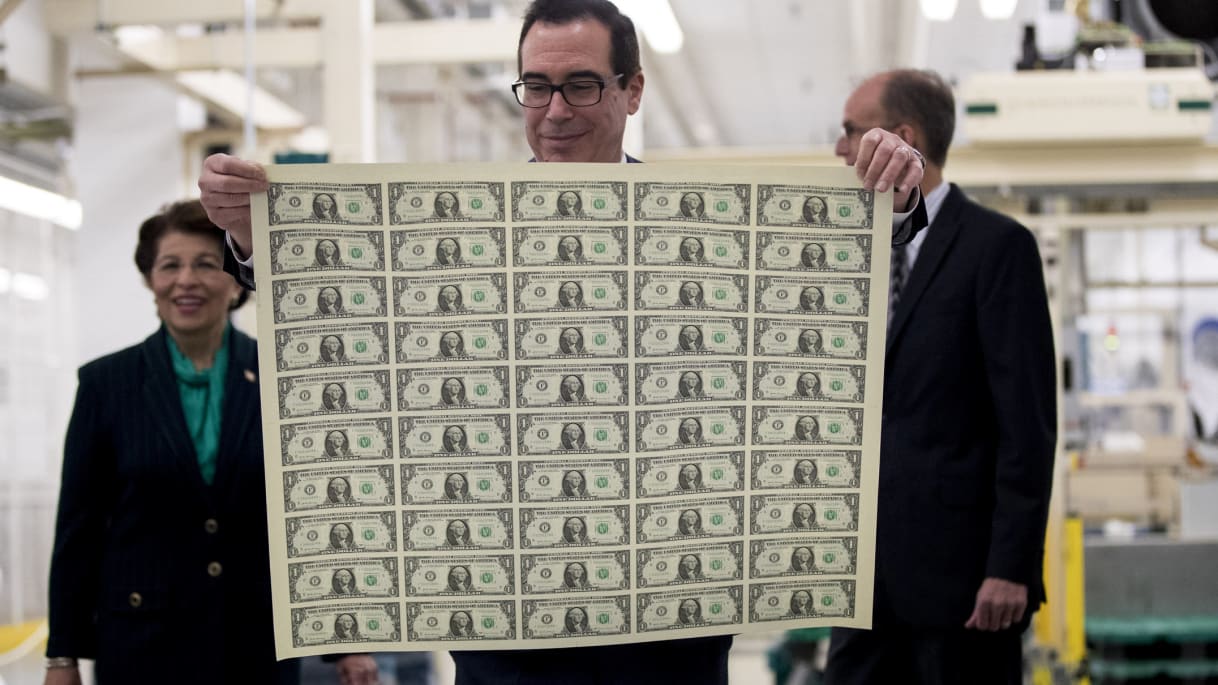
INCOME AND WEALTH
The French economist Thomas Picketty defines inequality as “the tendency of returns on capital to exceed the rate of economic growth.” (4) In other words, inequality happens when money some people make off of their wealth (or capital) exceeds the amount of money most people make off their labor. As the proportion of people in these two categories become unbalanced, with fewer people making most of their money from capital, and more people making most of their money from labor, the conditions for growing inequality are set. As this goes on, more and more money is accumulated in wealth, which is held by an increasingly smaller portion of the population. Today, in the United States, the middle class is shrinking, making up only 51 percent of households in 2019 compared to 61 percent in 1971. At the same time, the percentage of households in the highest and lowest income categories have grown. The wealthiest households are increasing their wealth at a rate much faster than any other category of households. (5)
Political scientists have shown a remarkable correlation between rising income inequality and political polarization in the United States. (6) As the gap between rich and poor has widened, the gap between Republicans and Democrats has deepened and political extremism has grown. (7) While partisan polarization is a complex phenomenon, endemic in US politics, its roots are deeply and strongly tied to economic inequality.
Inequalities in income and wealth have contributed to political polarization, and political polarization contributes in democratic instability. Partisan polarization has contributed to legislative gridlock in the Congress and legislative abdication of power to the executive branch. Polarization contributes to a continuing degradation of democratic norms that, when adhered to, reinforce democratic institutions. (8)
As Covid-19 continues to infect more and more Americans, its effects exacerbate inequalities in income and wealth. (9) Americans with high paying office jobs have more easily adjusted to a shutdown economy as they shifted to working from home. Those who are gig laborers, service employees, and retail workers were harshly cut-off from their sources of income. In short, those who have the most resources, have been able to more easily withstand the abrupt changes in the Covid economy, ultimately exacerbating existing economic inequalities.
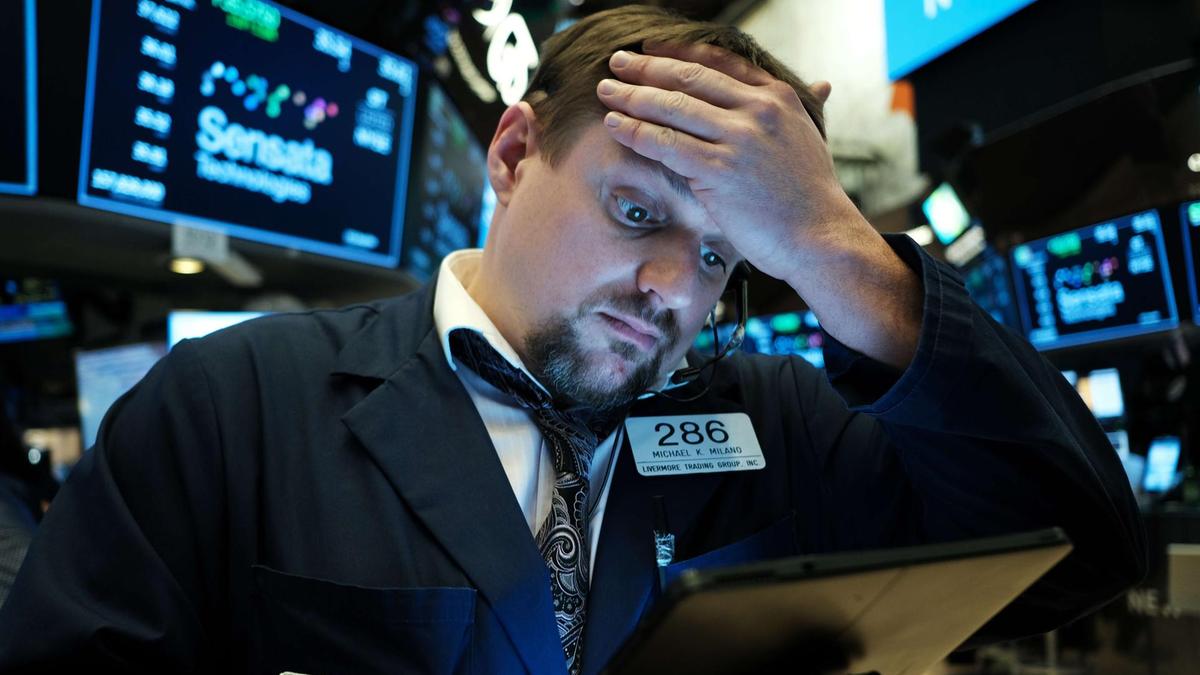
VOTING RIGHTS
Elections in the United States are complicated. There is no national ballot. Election Day is a coordinated dance of thousands of simultaneous locally administered elections. Each state follows its own laws and procedures for registration, balloting, and casting votes. The pandemic makes all of this coordination more difficult because states are rapidly attempting to create systems that allow more of their population to vote by mail rather than in person. As a result, voting rights are under threat. Fragile voting rights are a part of American history and its inherent inequalities. Administering elections during a pandemic exacerbates those inequalities and threatens democratic practices.
To be fair to history, the revered democracy of the United States has not been a full democracy for much of its history. Political scientists describe the quality of democracies by the extent to which adult populations are guaranteed voting rights, yet through most of US history, suffrage has been highly restricted in large swaths of the population. In its early years, the US restricted voting to white, landowning, males. Even a deadly Civil War over slavery that resulted in a constitutional amendment (the 15th) to guarantee suffrage, was not ultimately enforced in the parts of the country where voting right were under the most threat among African Americans. (10) White women were not guaranteed the right to vote at a federal level until 1920, (11) and Blacks did not truly have guaranteed voting rights until 1965, with the passage of the Voting Rights Act. In 2013 voting rights for minorities in the South were set back once again when the Supreme Court ruled that southern states no longer needed to have changes in voting laws reviewed by federal authorities. (12) Since then, voting rights have again come under increasing restrictions, raising the barriers and costs to voting, particularly for non-whites, lower class, and less educated segments of the population.
As the pandemic struck and pressure of the upcoming election grew, many states looked to vote-by-mail procedures to help ensure democratic practices while safeguarding public health. Currently, 5 out of 50 US states already conduct their entire elections by mail—voting in person is not an option in Colorado, Hawaii, Oregon, Washington, and Utah. Many other states have different provisions that allow for absentee ballots, some more restrictive than others. (13) To complicate matters, 34 states require some form of identification to vote, which can make voting by mail tricky. (14) To make matters even worse, restrictions and liberties about voting rights, including access to the ballot, voter ID laws, polling place locations, and more, have become partisan issues in the United States, with only about one-third of conservative Republicans favoring making it easier for people to vote, compared with 64 percent of moderate Republicans and 84 percent of Democrats, favoring easing voting restrictions. (15) When policy issues become wrapped in partisan politics in a polarized environment, it becomes very difficult for competing sides to negotiate agreements or come to compromises. It’s fair to say that when issues of democratic rights, such as voting, become partisan battlegrounds, it threatens the stability of democratic institutions. The pandemic puts increasing strain on this already tense issue because more and more states are aiming to use vote-by-mail procedures for their elections this year, but the logistical lift is enormous for the small, underfunded local agencies that run elections.
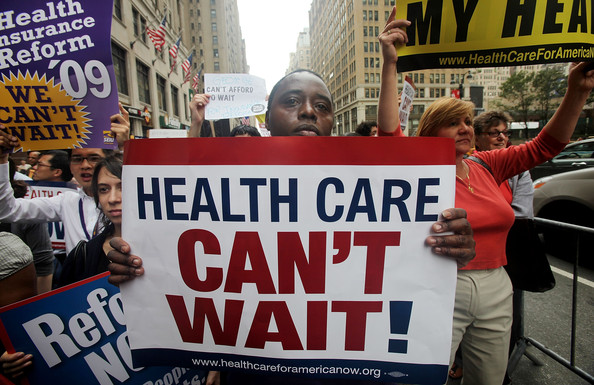
HEALTHCARE
Before coronavirus arrived in the US, there were already massive disparities across populations in access to quality healthcare. The US health insurance system is highly decentralized and privatized, with many actors (e.g., insurers, hospitals, doctors, managed care organizations, research groups, etc.). In addition, for most Americans, health insurance is tied to one’s job. In the US, employers offer health insurance as a benefit that supplements income, but not all employers offer health insurance. Today, about 28 million Americans have no health insurance at all. (16) Most people without insurance are employed, but still cannot afford health plans. For those who are unemployed or very poor, government assistance and government provided insurance allows for coverage. Of those who have no insurance, 60 percent have household incomes between 100 percent and 400 percent of the federal poverty line. (17) Middle income people are more likely to be uninsured if they live in states that have not maximized Medicaid expansion, the law that provides government health insurance to lower income families. After the Affordable Care Act passed in 2010, states were given the option of expanding Medicaid to more families, or not. States that expanded, have lower per capita rates of uninsured families.
Since the pandemic began, workers who have jobs that place them most at risk for contracting the virus, are also those who are most likely to have inadequate access to health services. (18) Moreover, as the pandemic has raged in the US, it has struck people of color, and people with fewer resources, at much greater rates than populations with resources, access to health care, and whites. For example, a recent report from the Center for Disease Control showed that one-third of hospitalized Covid-19 patients were Black, in a community where only 18 percent are Black. (19) New York City, where the virus was rampant in April and May, recorded disproportionately higher death rates among African Americans and Latinos. (20) Medical researchers are still at the beginning stages of understanding why minority populations are being hit harder by Covid-19 compared to whites, but the growing conventional wisdom is that the virus is pernicious in attacking those who have underlying health conditions that may weaken their immune systems. To the extent that the African American community in the United States has disproportionate rates of heart disease and diabetes, these underlying conditions make this population more vulnerable to Covid-19.
Most scholars would agree that the underlying explanation for Blacks’ increased vulnerability to Covid-19 is related to systemic racial bias in the economic and healthcare systems that put this population on unequal footing well before the pandemic struck. (21) The pandemic is placing a magnifying glass on existing inequalities in race and health in the US, while at the same time deepening the disparities in morbid fashion.
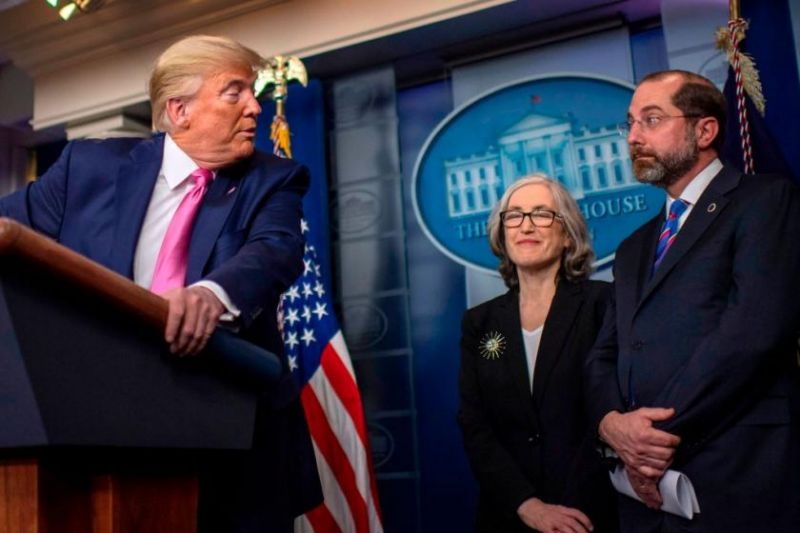
EDUCATION
The Covid-19 crisis led most schools to shut down the complete physical campuses in the spring of 2020. (22) As the virus spread, the chief feature it presented in most American communities was uncertainty. Community and school leaders touted closures as a way to protect general public health and many framed it as an act of generosity toward those most vulnerable to communicable disease. But as closures went on, and hardships amassed with cancelation of graduations, all organized sports, proms, social gatherings, and school rituals, inequalities among student populations became more and more apparent.
Students who live in households that have not experienced income or food insecurity as a result of Covid-19, which much more readily able to transition to on-line learning compared to students who experienced housing or food insecurity. For some students, school is a safe place. But for children who live in abusive households or families where stress is high and distractions aplenty, it can be nearly impossible to focus attention on schoolwork. In addition, disparities persist in access to high-speed internet and wireless devices that are equipped to do things like join an on-line class with synchronous and asynchronous educational content. (23) Put together, America’s great experiment in transitioning to on-line distance learning across the country has amplified the great disparities in readiness to learn across communities. In a classroom, there is some semblance of equality: every student has the same kind of desk, access to paper, pencils, and some ability to get the teacher’s attention. In a remote learning environment, there is no equality. Each student has a unique set-up and level of preparation in terms of equipment, learning environment, distractions, and access to books. While many uncertainties remain regarding the 2020-2021 school year, no one in education will soon forget the great window into their student populations that exposed the many inequalities among their pupils.
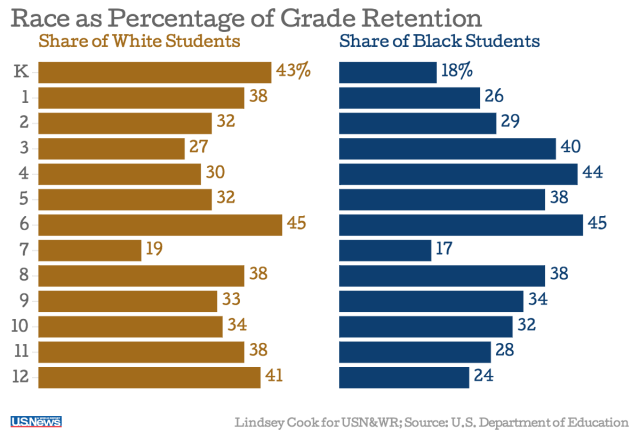
LOOKING AHEAD
It goes without saying that inequalities in economics, voting rights, health, and education are self-reinforcing. A social scientist calls such factors endogenous, meaning it is difficult to separate the cause from the effect, and you cannot affect one factor, without affecting the others. It may be useful to think of these factors as a network, with interdependent forces between the elements, such that a push or pull on one, affects the others.
These interdependencies make it harder to positively address inequalities. One cannot hope to improve educational outcomes among differently abled and resourced student populations, without addressing their different needs with respect to healthcare and income, for example. It’s hard to learn when you’re hungry. It’s hard feel secure about your next meal when you’re uncertain if the adults in your household have steady incomes. And who has time to figure out the rules for applying for absentee ballots with all this uncertainty going on? The interdependent nature of these contextual factors means that a negative effect on one tends to place negative pressure on others; but it also means that positive pressure on one, can improve the condition of the others.
Covid-19 makes politics worse because it has generated not only greater awareness about many inequalities in the US, but it also has sharpened those inequalities. Unfortunately, inequalities such as those discussed here have a way of becoming self-perpetuating. One who has wealth and steady incomes, find it easier to make even more money, buy goods at lower prices, and make capital investments that increase their wealth. Being poor, on the other hand, is very expensive. A poor person is likely to pay more for an apple than a wealthy person, in part because the wealthy person has more access to suppliers who can offer discounts for bulk purchases, and because there are more producers who will compete for the wealthy person’s patronage, compared to a person of less means. A poor person is a less attractive customer and is less likely to be a repeat customer, compared to a wealthy person. In this way, inequalities reinforce inequalities.
As I’ve demonstrated in great detail the many inequalities that are exacerbated by the Coronavirus pandemic, it is important to keep in mind that inequalities have serious political consequences. As inequalities expand, political polarization is stoked. As polarization deepens, dysfunction grows, and departures from democratic norms become more common. In this way, the pandemic makes politics worse, because it highlights the forces that make political decision-making so fraught. In some ways, this makes the future look bleak. However, there are reasons to be hopeful.
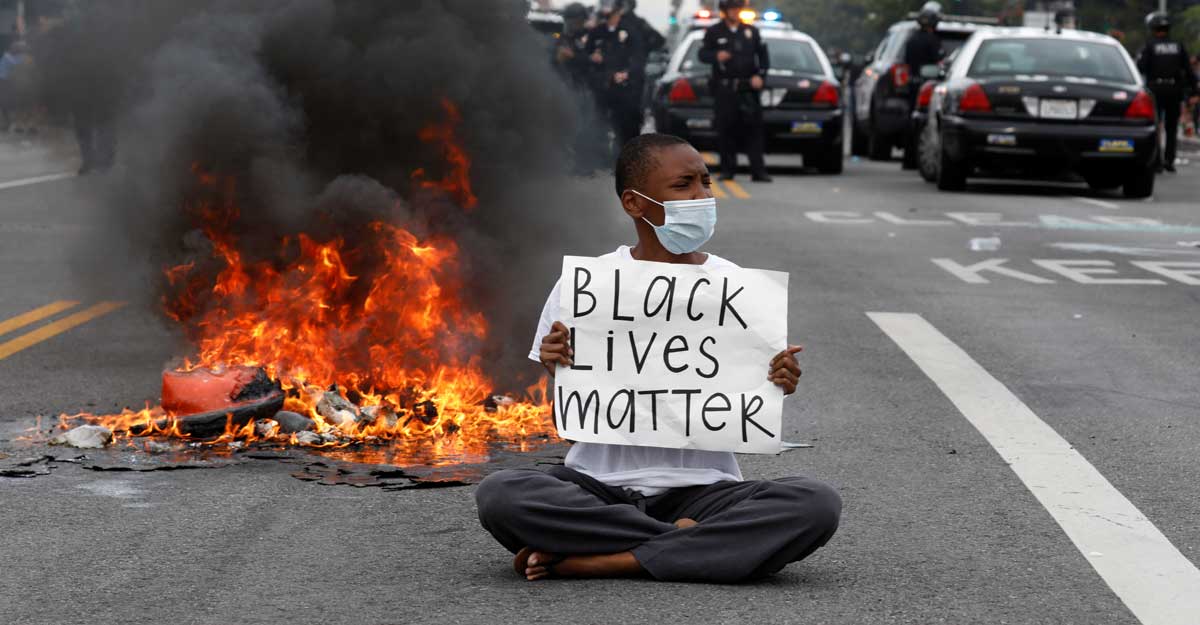
Scientists have amassed a veritable army of researchers to address coronavirus. The likelihood that humanity will have access to improved treatments, that reduce the incidence of death associated with Covid-19, and access to a vaccine to prevent its contraction, is increasing each day. Chances are, better treatments and reasonably successful prophylactics will be available within two years’ time. As conditions improve, uncertainty declines, and knowledge about the virus expands, inequalities will begin to diminish. But since the virus has not just generated new inequalities that threaten the general human condition, but has put a spotlight on existing inequalities, let us hope that one benefit of the tragic experience of this pandemic is that we work harder to address inequalities that have perpetuated among us for years.
- ‘The COVID Tracking Project’, The COVID Tracking Project <https://covidtracking.com/> [accessed 18 June 2020].
- Gallup, Inc., ‘Presidential Approval Ratings -- George W. Bush’, Gallup.Com, 2008 <https://news.gallup.com/poll/116500/Presidential-Approval-Ratings-Georg…; [accessed 18 June 2020].
- Zachary Crockett, ‘Donald Trump Is the Only US President Ever with No Political or Military Experience’, Vox, 2016 <https://www.vox.com/policy-and-politics/2016/11/11/13587532/donald-trum…; [accessed 18 June 2020].
- Thomas Piketty, Capital in the Twenty-First Century, trans. by Arthur Goldhammer, Reprint edition (Belknap Press: An Imprint of Harvard University Press, 2017).
- Juliana Menasche Horowitz, Ruth Igielnik, and Rakesh Kochhar, ‘Trends in U.S. Income and Wealth Inequality’, Pew Research Center’s Social & Demographic Trends Project, 2020 <https://www.pewsocialtrends.org/2020/01/09/trends-in-income-and-wealth-…; [accessed 18 June 2020].
- Nolan McCarty, Polarization: What Everyone Needs to Know® (Oxford University Press, 2019).
- John Voorheis, Nolan McCarty, and Boris Shor, Unequal Incomes, Ideology and Gridlock: How Rising Inequality Increases Political Polarization (Rochester, NY: Social Science Research Network, 21 August 2015) <https://papers.ssrn.com/abstract=2649215> [accessed 24 September 2019].
- Steven Levitsky and Daniel Ziblatt, How Democracies Die (New York: Penguin Random House, 2018) <https://www.penguinrandomhouse.com/books/562246/how-democracies-die-by-…; [accessed 24 September 2019].
- Heather Boushey and Somin Park, ‘The Coronavirus Recession and Economic Inequality: A Roadmap to Recovery and Long-Term Structural Change’, Equitable Growth, 2020 <https://equitablegrowth.org/the-coronavirus-recession-and-economic-ineq…; [accessed 16 June 2020].
- Sarah Pruitt, ‘When Did African Americans Actually Get the Right to Vote?’, HISTORY <https://www.history.com/news/african-american-voting-right-15th-amendme…; [accessed 18 June 2020].
- Christina Wolbrecht and J. Kevin Corder, A Century of Votes for Women: American Elections Since Suffrage (Cambridge University Press, 2020).
- Brennan Center for Justice, ‘Shelby County v. Holder’, Brennan Center for Justice <https://www.brennancenter.org/our-work/court-cases/shelby-county-v-hold…; [accessed 18 June 2020].
- National Conference on State Legislatures, ‘Voting Outside the Polling Place: Absentee, All-Mail and Other Voting at Home Options’, NCLC National Conference of State Legislatures <https://www.ncsl.org/research/elections-and-campaigns/absentee-and-earl…; [accessed 18 June 2020].
- Ballotpedia, ‘Voter Identification Laws by State’, Ballotpedia <https://ballotpedia.org/Voter_identification_laws_by_state> [accessed 18 June 2020].
- John Laloggia, ‘Conservative Republicans Are Least Supportive of Making It Easy for Everyone to Vote’, Pew Research Center <https://www.pewresearch.org/fact-tank/2018/10/31/conservative-republica…; [accessed 18 June 2020].
- Jennifer Tolbert and others, ‘Key Facts about the Uninsured Population’, KFF: Kaiser Family Foundation, 2019 <https://www.kff.org/uninsured/issue-brief/key-facts-about-the-uninsured…; [accessed 18 June 2020].
- Tolbert and others.
- Claire Cain Miller, Sarah Kliff, and Margot Sanger-Katz, ‘Avoiding Coronavirus May Be a Luxury Some Workers Can’t Afford’, The New York Times, 1 March 2020, section The Upshot <https://www.nytimes.com/2020/03/01/upshot/coronavirus-sick-days-service…; [accessed 18 June 2020].
- CDC, ‘Covid-19 in Racial and Ethnic Minority Groups’, Centers for Disease Control and Prevention, 2020 <https://www.cdc.gov/coronavirus/2019-ncov/need-extra-precautions/racial…; [accessed 18 June 2020].
- NYC Health, ‘Age-Adjusted Rates of Lab Confirmed COVID-1’, New York City, Department of Health, 2020.
- American Psychological Association Report, ‘Ethnic and Racial Minorities & Socioeconomic Status’, Https://Www.Apa.Org, 2017 <https://www.apa.org/pi/ses/resources/publications/minorities> [accessed 18 June 2020].
- Ballotpedia, Inc., ‘School Closures in Response to the Coronavirus (COVID-19) Pandemic, 2020’, Ballotpedia <https://ballotpedia.org/School_closures_in_response_to_the_coronavirus_…; [accessed 18 June 2020].
- Sarah LaFave, ‘How School Closures for COVID-19 Amplify Inequality’, The Hub, Johns Hopkins Magazine, 2020 <https://hub.jhu.edu/2020/05/04/school-closures-inequality/> [accessed 18 June 2020].
